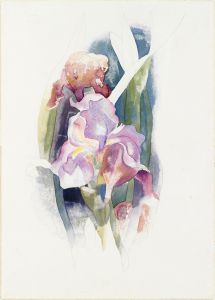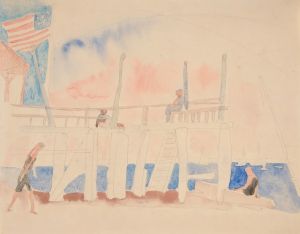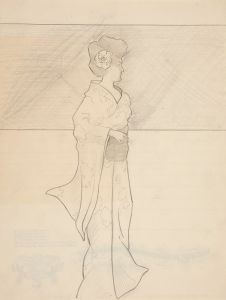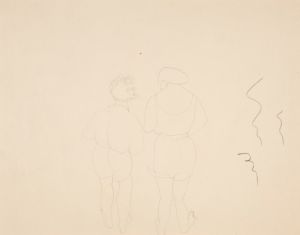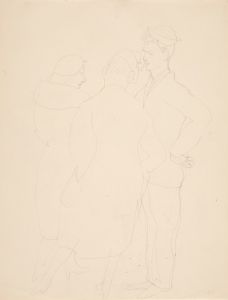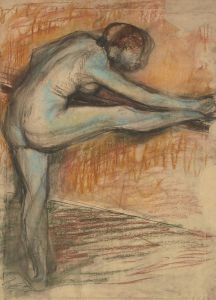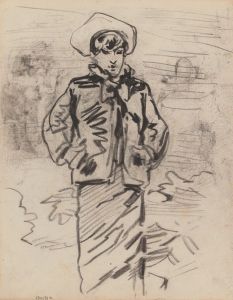
Vaudeville Dancer
A hand-painted replica of Charles Demuth’s masterpiece Vaudeville Dancer, meticulously crafted by professional artists to capture the true essence of the original. Each piece is created with museum-quality canvas and rare mineral pigments, carefully painted by experienced artists with delicate brushstrokes and rich, layered colors to perfectly recreate the texture of the original artwork. Unlike machine-printed reproductions, this hand-painted version brings the painting to life, infused with the artist’s emotions and skill in every stroke. Whether for personal collection or home decoration, it instantly elevates the artistic atmosphere of any space.
Charles Demuth was an American artist associated with the Precisionist movement, known for his unique approach to modernist art. One of his notable works is "Vaudeville Dancer," a painting that captures the essence of early 20th-century American entertainment culture. Although specific details about this painting are limited, it reflects Demuth's broader artistic style and thematic interests.
Born in 1883 in Lancaster, Pennsylvania, Demuth studied at the Pennsylvania Academy of the Fine Arts and later in Paris, where he was influenced by avant-garde movements. His work often incorporated elements of Cubism and Futurism, characterized by a focus on geometric forms and dynamic compositions. Demuth's art frequently explored themes of modernity, urban life, and popular culture, which are evident in "Vaudeville Dancer."
Vaudeville was a popular form of entertainment in the United States during the late 19th and early 20th centuries, featuring a variety of acts such as comedians, musicians, dancers, and magicians. It was a reflection of the diverse cultural landscape of America at the time. Demuth's interest in vaudeville likely stemmed from its vibrant and eclectic nature, which resonated with his artistic exploration of contemporary life.
"Vaudeville Dancer" exemplifies Demuth's ability to capture movement and energy through his use of color and form. While specific details about the painting's composition are scarce, it can be inferred that Demuth employed his signature style of sharp lines and bold colors to convey the dynamism of a vaudeville performance. His use of watercolor, a medium he often favored, allowed for a fluidity and translucence that enhanced the depiction of motion and light.
Demuth's work, including "Vaudeville Dancer," is often celebrated for its innovative approach to depicting the modern world. His paintings reflect a keen observation of contemporary culture and a desire to translate the vibrancy of everyday life into visual art. Through his exploration of subjects like vaudeville, Demuth contributed to the broader narrative of American modernism, highlighting the intersection of art and popular culture.
Despite facing health challenges throughout his life, Demuth remained a prolific artist until his death in 1935. His legacy endures through his contributions to the Precisionist movement and his influence on subsequent generations of artists. "Vaudeville Dancer," like many of his works, offers a glimpse into the dynamic and evolving landscape of early 20th-century America, capturing the spirit of an era defined by innovation and change.
In summary, while specific information about "Vaudeville Dancer" is limited, it is a testament to Charles Demuth's skill in capturing the essence of modern life through his distinctive artistic style. The painting reflects his fascination with contemporary culture and his ability to convey movement and energy, hallmarks of his contribution to American modernism.






